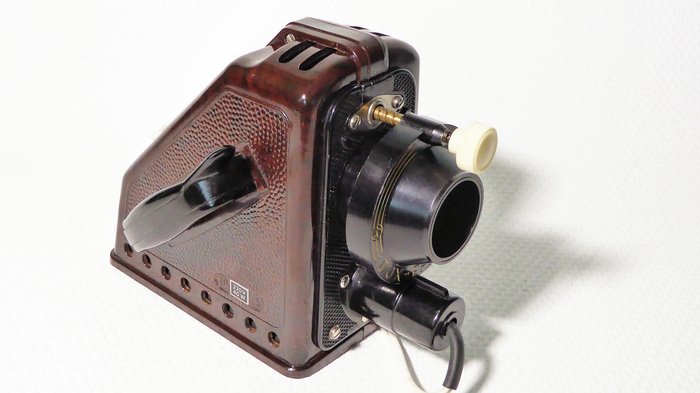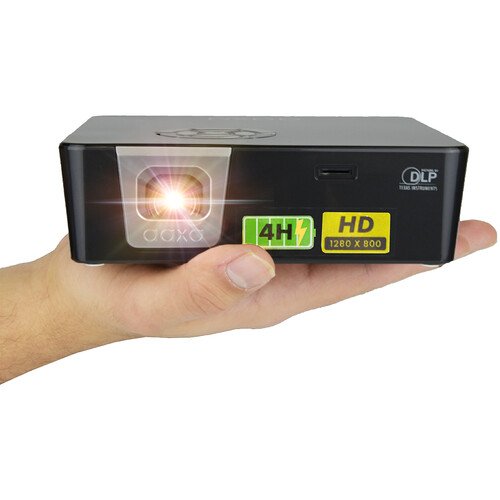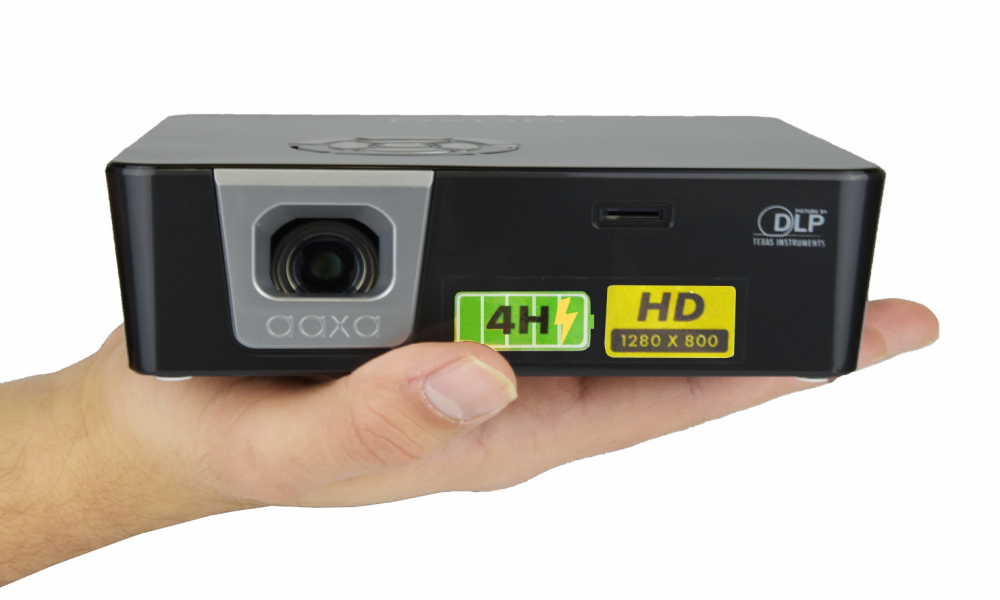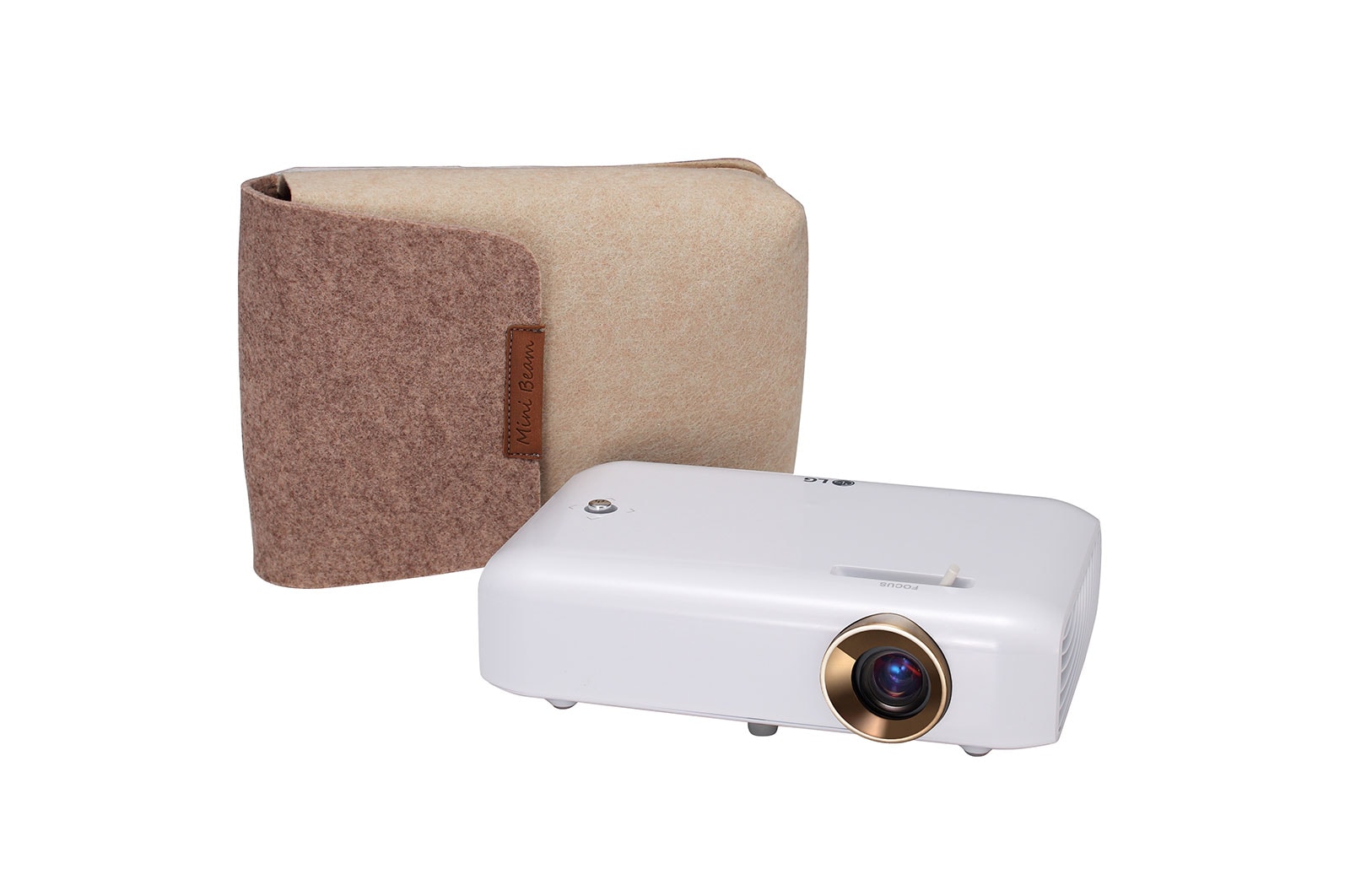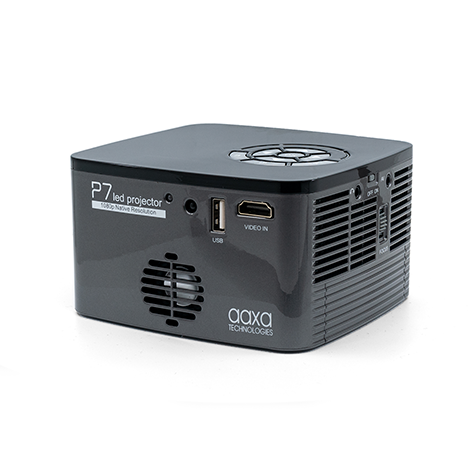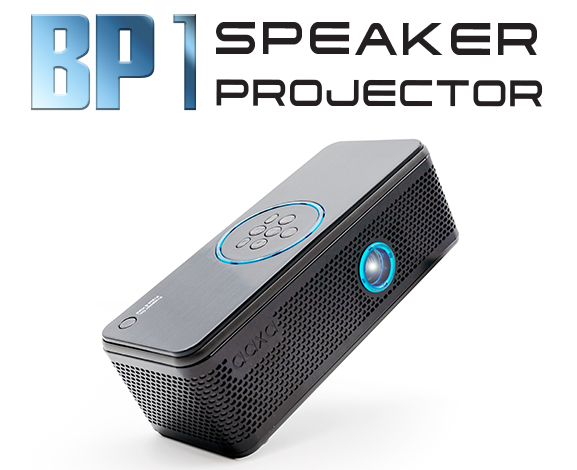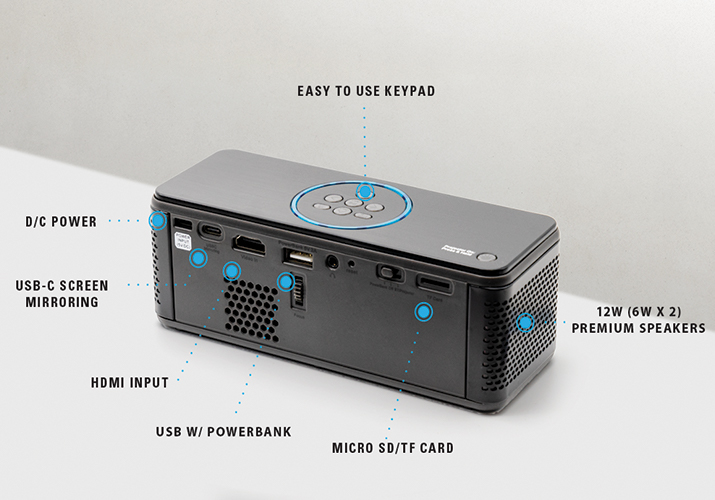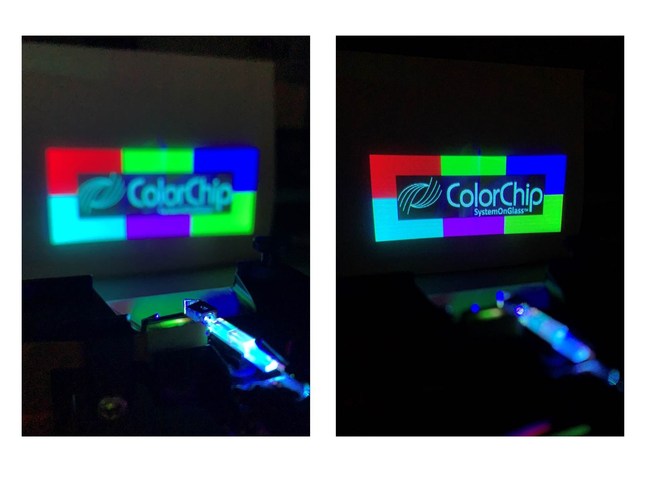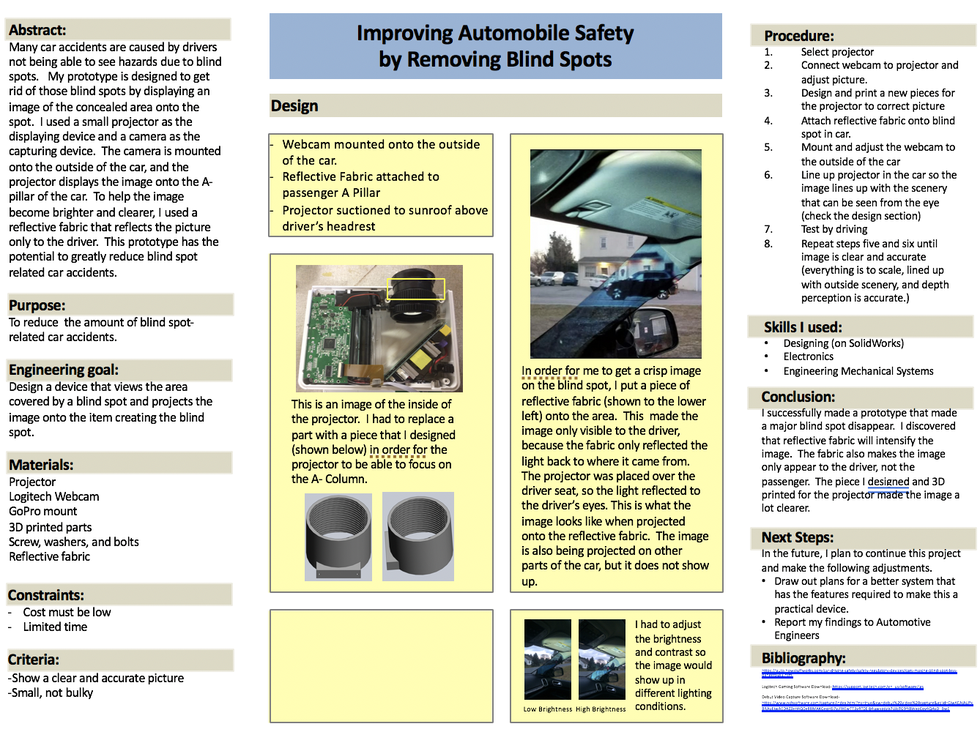
Most homes nowadays have 4K TVs that can fulfill their basic entertainment needs. However, most people do not own a 4K Projector, mainly due to the cost of them being really expensive! Let’s dive into four of the most affordable 4K projectors we found that you can use to upgrade your entertainment system further!
Epson Home Cinema 3200

BenQ TK800M
Starting with the Epson Home Cinema 3200 4K Pro. This projector uses 4K UHD technology to enhance; resolution, color, and image processing. With an impressive 2,900 Lumens, this projector will definitely light up a room! The Epson Precision Lens has a multi-element precise glass construction for exceptional picture quality, edge-to-edge focus uniformity, and precision vertical and horizontal axis lens shift adjustment. At a price point of $1,400, this is perfect for your premium home theater on a budget!

ViewSonic PX701-4K
Next, we have the BenQ TK800M, sporting high contrast ratio to enhance the sharpness of image quality and black levels. Coming in with 3,000 Lumens, you will definitely have 4K quality. With BenQ’s Glass 4K-optimized Lens Array, the clarity and light penetration is unmatched. At a price point of $999, the buy is worth it!

AAXA 4K1
Here we have the ViewSonic PX701-4K. Being able to project onto a screen up to 300 inches, this projector will be great for those with a dedicated wall for projectors! With an input lag of 4.2ms and a 240Hz refresh rate, you can turn this home theater into a big-screen gaming room! Having 3,200 ANSI Lumens, you will not ever worry about the brightness of the projection. At a price point of $899, why wouldn’t you buy it!

Lastly, we have the AAXA 4K1 LED Home Theater Projector. Boasting a native $K UHD Resolution, you will definitely know the difference between 1080p HD and 3840p 4K. Using LED and DLP technology, you’ll get the best of both worlds when it comes to image clarity, sharpness, and colors. With the 2W speakers installed, you’ll be immersed in your viewing experience. At a price point of only $799.99, this has got to be the most affordable 4K projector you can find!
Let us know in the comments what you think! Till next time!
